A selection of photographs from our GP Educational Evening focusing on Orthopaedics and Rheumatology which took place in SSC on Monday 2nd of September.
Presenting at this event were:
|
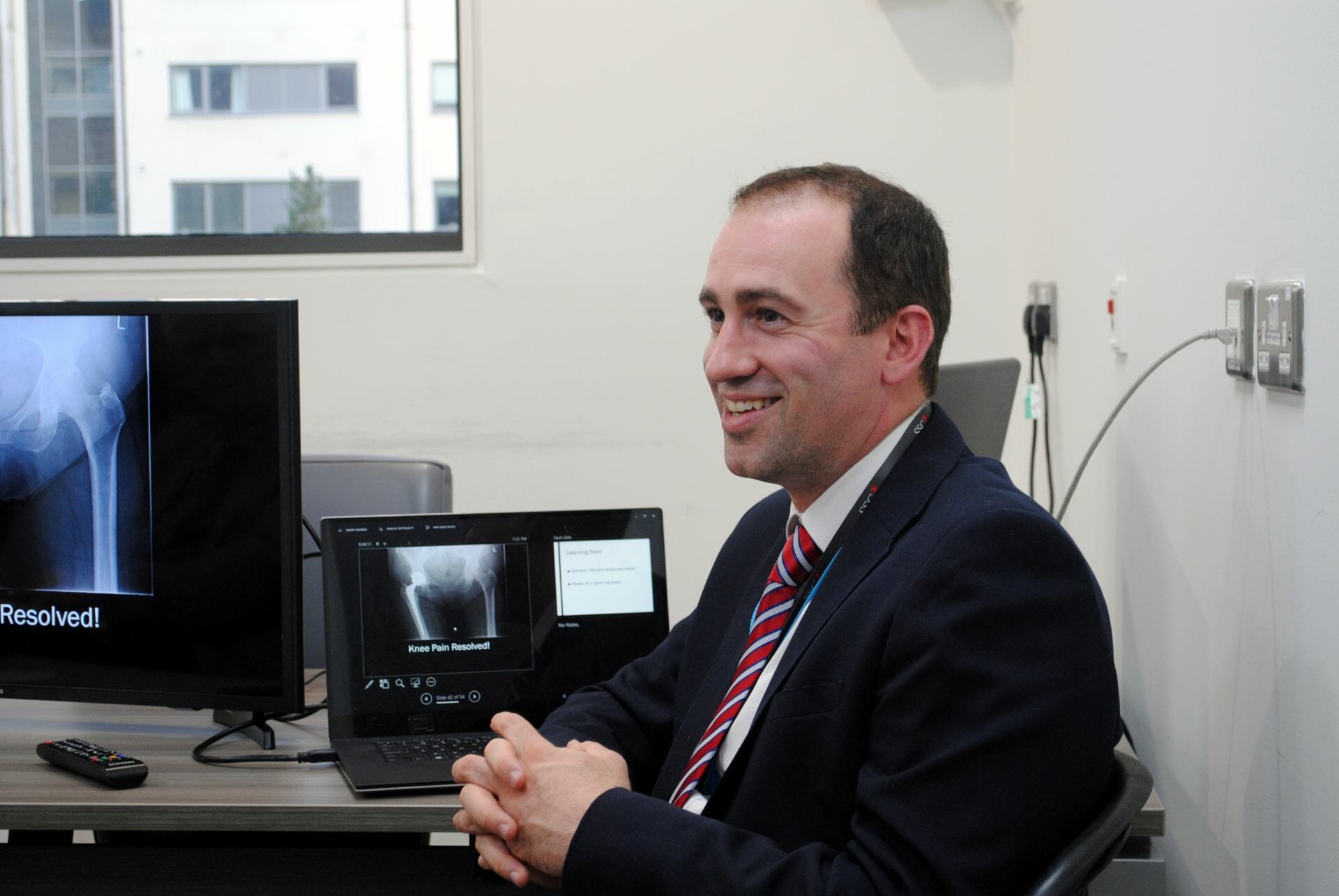

A selection of photographs from our GP Educational Evening focusing on Orthopaedics and Rheumatology which took place in SSC on Monday 2nd of September.
Presenting at this event were:
|

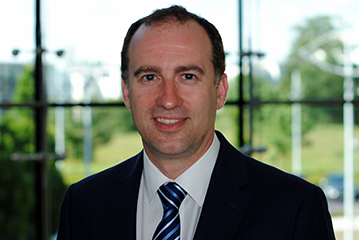
 Mr Neil Burke is a consultant orthopaedic surgeon with a specialist interest in hip and knee surgery. Neil specialises in computer navigated total knee replacement, partial knee replacement, total hip replacement and sports knee injuries. He is also a Consultant at Beaumont Hospital and Cappagh National Orthopaedic Hospital.
Mr Neil Burke is a consultant orthopaedic surgeon with a specialist interest in hip and knee surgery. Neil specialises in computer navigated total knee replacement, partial knee replacement, total hip replacement and sports knee injuries. He is also a Consultant at Beaumont Hospital and Cappagh National Orthopaedic Hospital.
Neil completed a highly regarded lower limb reconstruction fellowship in Auckland, New Zealand. He completed his higher surgical training scheme in Trauma and Orthopaedics in 2016, and is currently a Fellow of the Royal College of Surgeons in Ireland (RCSI) in Trauma and Orthopaedics and also in Sports and Exercise Medicine.
Neil has over 30 research publications in peer-reviewed journals and is also the author of several book chapters. He has presented at numerous national and international scientific conferences. He was awarded the prestigious Lipman-Kessel prize for his research for his Masters of Surgery.
Click here to view Mr Neil Burke’s profile in full.
| For further information on Mr Burke please contact neilburke@sportssurgeryclinic.com |

Former Ireland and Munster doctor Dr Éanna Falvey has been appointed to the newly created position of World Rugby’s deputy chief medical officer.
Dr Falvey will take up the role on March 1st, before replacing Dr Martin Raftery as a chief medical officer in January 2020.
Dr Falvey has also worked for the British and Irish Lions and has covered boxing and football. He is a member of World Rugby’s medical commission conference and concussion working group.
On the appointment, World Rugby chairman Bill Beaumont said: “Player welfare is the number one priority for World Rugby and its unions and I believe that we are at the forefront of the sports movement in the important area of injury prevention and management.
“Dr Falvey is an outstanding appointment. He comes with an impressive CV, a great reputation and a deep knowledge of the sport’s approach to medical and player welfare matters, having made strong contributions to various World Rugby medical and concussion working groups and also as team doctor for Ireland and the British and Irish Lions.
“He has an in-depth understanding of wider sports and athlete welfare and we look forward to welcoming him to World Rugby.”
The outgoing Dr Raftery was appointed in 2011, and among the player welfare protocols he helped introduce is the Head Injury Assessment (HIA) process.
On Falvey’s appointment, he said: “As a sport we must and will continue to prioritise player welfare and this appointment underscores that commitment.
“I am delighted that Éanna is joining World Rugby. He is someone I have worked closely with in recent years and not only is he well-regarded within sport, he knows rugby inside out and is perfectly qualified having made strong contributions to our strategies. He is a great addition to the World Rugby team.”
| Published in The Irish Times 27th February 2019. |

This event was hosted in UPMC Sports Surgery Clinic’s main hospital and consisted of workshops with the following SSC Consultants:
Ms Ruth Delaney, Consultant Orthopaedic Surgeon
Mr Michael Donnelly, Consultant Orthopaedic Surgeon
Mr Owen Brady, Consultant Orthopaedic Surgeon
Ms Ann-Maria Byrne, Consultant Orthopaedic Surgeon
Ms Noelle Cassidy, Consultant Orthopaedic Surgeon
Mr Niall Hogan, Consultant Orthopaedic Surgeon
Dr Philip Hu, Pain Management Consultant
Mr Mark Jackson, Consultant Orthopaedic Surgeon
Mr Michael Kelleher, Consultant Neurosurgeon
Mr Gavin McHugh, Consultant Orthopaedic Surgeon
Dr Andy Franklin-Miller, Director of SSC Sports Medicine
Professor Cathal J. Moran, Consultant Orthopaedic Surgeon
Mr Hannan Mullett, Consultant Orthopaedic Surgeon
Mr Jabir Nagaria, Consultant Neurosurgeon
Dr Barry Sheane, Consultant Rheumatologist
Dr Catherine Sullivan, Consultant Rheumatologist
Mr Keith Synnott, Consultant Orthopaedic Surgeon
Dr E. Kathir Tamilmani, Pain Management Consultant
Mr Mihai Vioreanu, Consultant Orthopaedic Surgeon
Neil Welch, Head of Rehabilitation & Knee Stream Lead
Mr Dan Withers, Consultant Orthopaedic Surgeon
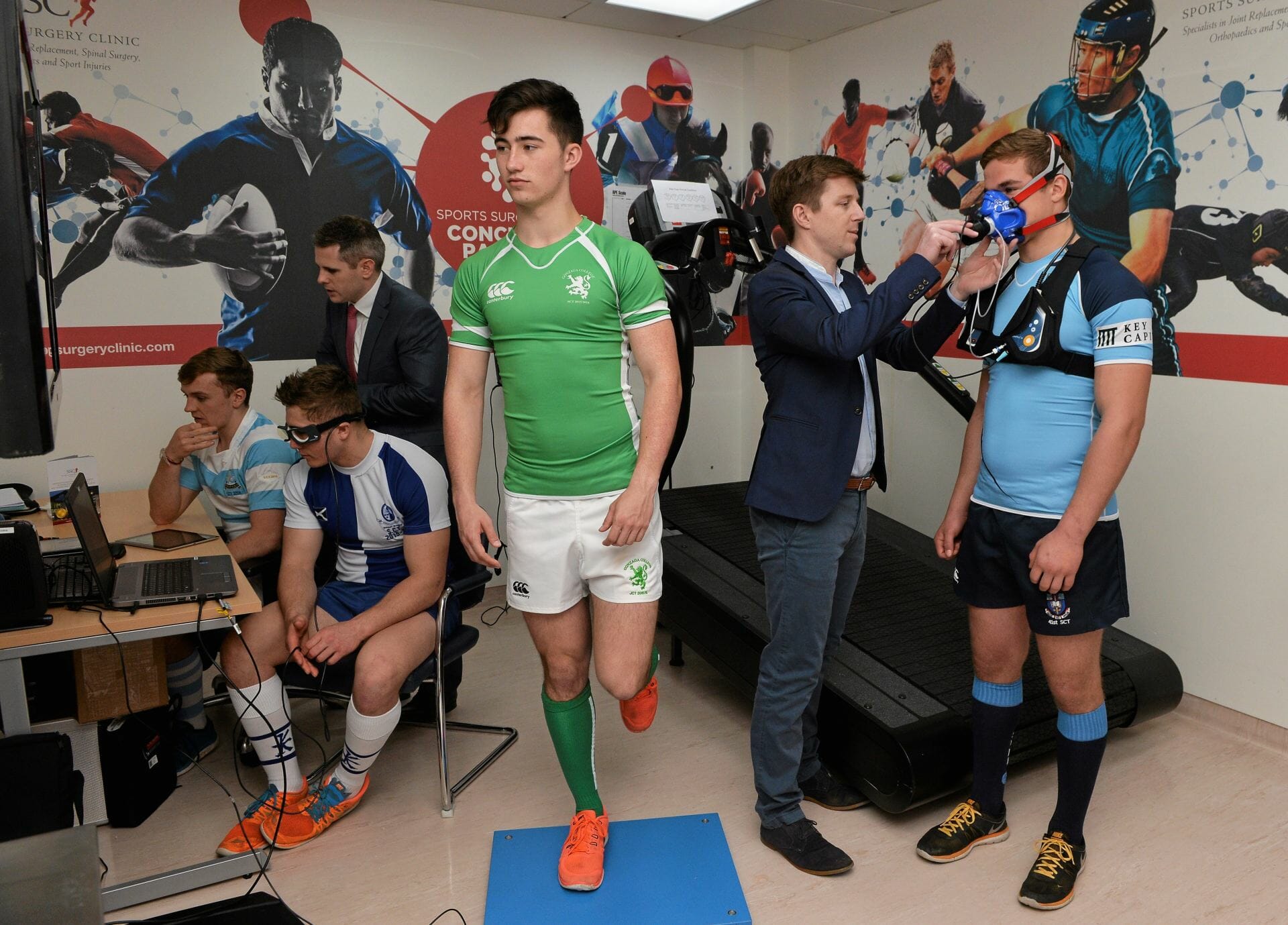
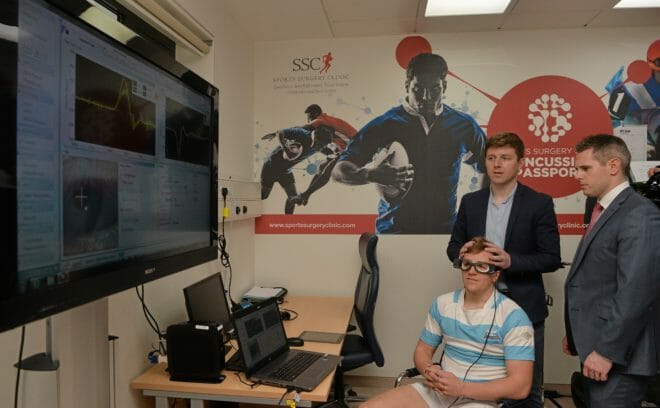
Introduction Sports-related concussion (SRC) can be challenging to diagnose, assess and manage. Much of the SRC research is conducted on adults. The assessment of SRC should aim to identify deficits using a detailed multimodal assessment; however, most studies investigating the effects of SRC use diagnostic tools in isolation. It is likely that a combination of diagnostic tests will improve diagnostic accuracy. In this study, we aim to investigate how concussion affects adolescent rugby players and how a variety of diagnostic tools interact with each other as participants recover from their injury. The study will also determine the logistics of recording an individual’s concussion history on a virtual ‘Concussion Passport’ that would remain with the individual throughout their sporting career to allow monitoring of long-term health.
Methods and analysis All rugby players (n=211) from the Senior Cup Teams of five schools in Dublin, Ireland will be invited to participate in the study. Baseline testing will be performed at the UPMC Sports Surgery Clinic, Dublin (SSC) before the rugby season commences. Participants will be followed up over the course of the rugby season. At baseline and at each postconcussion visit, participants will complete the following: Questionnaire, Sports Concussion Assessment Tool 3, Balance Error Scoring System, Computerised Neurocognitive Testing, Vestibulo-ocular assessment, King Devick test, Graded exercise test, Blood tests, Neck strength, Fitbit.
Ethics and dissemination Ethical approval was obtained from the UPMC Sports Surgery Clinic Research Ethics Committee (Approval number: SSC 0020). On completion of the study, further papers will be written and published to present the results of the various tests.
Trial registration number NCT03624634.

A selection of photographs from our Educational Evening for GP’s, Physiotherapists and S&C Coaches which took place in Adare. Co. Limerick yesterday.
This event consisted of presentations from the following SSC Sports Medicine clinicians:
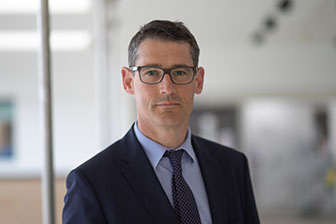
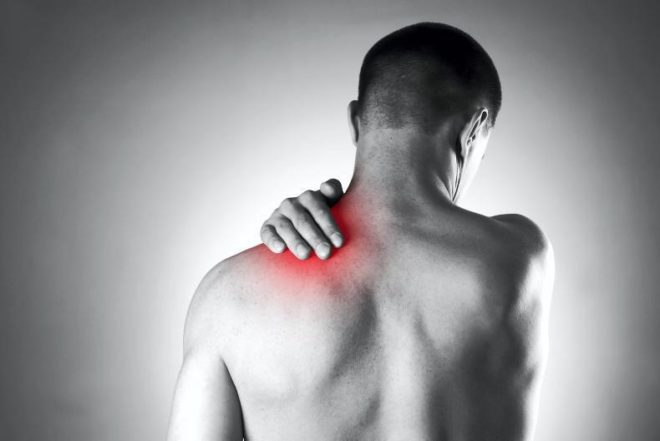 We use our shoulders a lot, to lift, push, dig. While the shoulder is the most flexible joint in the body, it can be prone to injury precisely because of its flexibility, writes Margaret Hawkins.
We use our shoulders a lot, to lift, push, dig. While the shoulder is the most flexible joint in the body, it can be prone to injury precisely because of its flexibility, writes Margaret Hawkins.
Shoulders shattered in accidents, shoulders dislocated during sporting events, rotator cuffs torn by a fall and shoulder joints damaged by arthritis – these are some of the cases that Dublin-based consultant orthopaedic surgeon Hannan Mullett deals with every day.
The youngest shoulder patient Mr Mullett has operated on was 12 – a sports-related shoulder dislocation – and the oldest was 92. This woman had a shoulder joint replaced.
While most of the operations he performs are sports-, arthritis- or rotator-cuff-related, he also works in the national neurosurgical centre in Beaumont Hospital. “We therefore see a fair amount of accident cases as well,” he says. He explains the structure of the shoulder: “The shoulder is made up of two bones and it’s a ball and socket joint, which means that the end of the upper arm bone fits into a socket in the shoulder blade.
“There are also lots of muscles and ligaments surrounding the shoulders connecting the bones and tendons – and connecting the bones to surrounding muscle.”
No, not really, he says. “People throw the term ‘sprain’ around too loosely to describe any type of shoulder pain,” he says, “but often what they have is rotator cuff tendonitis. That’s inflammation of the rotator cuff. The tendon is inflamed and the top of the tendon may be pinching against a bone in the shoulder called the achromion. That’s as close as you get to ‘sprain’.
“Rotator cuff tendonitis is a very common condition. Probably about 80% of people with it can manage without any surgery – getting physio, taking painkillers or anti-inflammatories or perhaps having steroid injections, which can be very helpful. Keyhole surgery may be necessary in some cases, and it is generally successful when it’s done,” he assures.
The most common operation in middle-aged and older patients is one for rotator cuff repair, he says. These rotator cuff tears and arthritis-related shoulder problems are equally common in men and women.
But what exactly is a rotator cuff injury? “The rotator cuff is a group of internal muscles of the shoulder that power it. It can tear, however, and it’s probably the most common shoulder condition. It can either be a traumatic tear, where somebody has an accident, for example, they trip over the dog and land on their shoulder and tear the tendon; or, over time, the tendon just becomes frayed. That is, to some extent, due to age, but there can be a genetic component as well.
“Some people are more genetically predisposed to rotator-cuff tears, just as some people are more genetically disposed to heart disease. It is not particularly related to occupations that involve a lot of heavy lifting,” he says.
The most common sports shoulder injury he deals with are shoulder dislocations, and these happen to two groups of people: younger males, who play contact sports, and those who have had accidents.
“The sports involved include Gaelic football and hurling, rugby and, to a lesser extent, soccer. Those who need surgery because of an accident could just have fallen off their bike,” he explains.
Hannan Mullett treats athlete patients from school age to international level. “It is always a great pleasure to see a player return to the same level [after surger]). In younger patients, stabilisation surgery for shoulder dislocations is the most common kind of surgery I do.”
In older patients, dislocation of the shoulder can be due to a tear of the rotator cuff. “If you’re over the age of 40, it’s probable that dislocation is due to this tear, rather than a sports injury.”
Dislocation sometimes needs intervention, he states. “These days we would generally operate after the second dislocation for recreational-level players, but more and more we operate after one dislocation in high- level players – inter-county, high-level rugby players – but for school-boy soccer players we would probably allow them to dislocate a second time [before deciding to do shoulder stabilisation surgery on them].”
Is that because they are such valuable players? “If you are a contact player and playing for your county in the senior squad and dislocate your shoulder, the chance of re-dislocating it is so high that you are probably just better off getting it fixed when it happens the first time,” he says.
Shoulder replacement surgery is becoming more common now too, he adds and can be very reliable in eliminating pain and restoring function. If he was a hip or knee surgeon, joint replacements would be the bulk of his practice, he says, but replacements are only a small part of his workload at present.
“I probably do about 80 to 100 shoulder replacements a year, but it is becoming more common. The technology and material science advances in shoulder replacement have progressed, particularly over the last five to 10 years, so it is a lot more successful than it used to be.”
“It’s easier now to give older patients anaesthesia for surgery, so people who would have been turned down for surgery 10 to 15 years ago are not being turned down now,” says the surgeon.
Shoulder replacement involves replacing the joint surfaces with metal and plastic components. “With modern techniques, this can now be done in minimally invasive fashion, using smaller incisions and by removing less bone (surface replacement).
“There are also now replacements available for patients who have both arthritis in combination with a bad rotator-cuff repair (reverse geometry shoulder replacement), which work very well in reducing pain and restoring function, often in quite elderly patients,” he explains.
He treats a lot of farmers at his clinics, including Cappagh hospital. “I often tell my trainees that if I only treated sportspeople and farmers I would be a very happy man! They are generally very easy to deal with and eager to get back to work – maybe sometimes a little too early.
| “The most frequent injuries that I see in farmers are rotator-cuff tears, which are often a combination of wear and tear and an injury; for example, being pulled by an animal or a farmer falling on his land. |
“One small point about farmers, though: they are often very stoical by nature and tend to put injuries on the long finger. They sometimes present with conditions such as rotator cuff tears that have been left so long that they are either beyond repair or the results are not as good as they would have been if they had sought medical attention earlier,” the surgeon warns.
Many people experience what’s called a “frozen shoulder”, involving shoulder pain when moving the arm backwards, for example. So why exactly does this happen?
“The answer is that we don’t know. Frozen shoulders are more common in women than men and between the ages of four and 60. Some conditions predispose you to it, like diabetes or hypothyroidism (underactive thyroid), but there is no reason for the vast majority of frozen shoulders; they just happen,” says Mr Mullett.
“They tend to be more common in patients who are active, rather than those who are sedentary and overweight. The patient generally presents with a painful shoulder and a restricted range of motion. Over nine to 12 months, on average, the pain resolves and the movement comes back.
“Steroid injections work very well for getting rid of pain for that. The injection is into the shoulder joint and the space above the tendon.
For some people, the pain doesn’t go away, or they may remain very stiff. In those cases, there is an option to do keyhole surgery as well, but that’s generally about 10% of those who get frozen shoulders,” he says.
Hannan Mullett finds some severe trauma cases, such as motorbike injuries, very challenging.
“If the injuries are life-threatening or if they have nerve damage and are paralysed or if they have an injury that’s going to be life changing – if their shoulder is shattered and they are working as a painter/decorator, perhaps, and now their shoulder is going to be very stiff and they have to change career or sport – that can be very difficult to deal with.
“Most of the time though, with a surgical team working together, it is possible to put them back together again. This kind of surgery can also be very satisfying, as it is a challenge to sometimes come up with custom solutions to a particular problem,” he explains.
While arthritis and rheumatoid arthritis (RA) do affect shoulder joints, surgeons no longer do as many operations on those with RA, because the medication has improved.
“Treatment for rheumatoid arthritis has improved dramatically over the last 10 to 20 years,” he says. “A lot of patients would have needed hip, knee and elbow replacement in the past but, because of modern medicine and various types of biological treatment, the impact of the disease on joints has been greatly reduced. If you have RA at the age of 20 now, you can go on to have a relatively normal life.”
He likes this kind of work because it is a practical area of medicine, he says. “Orthopaedics is a great speciality, as most patients get better and the results are seen quickly. Someone comes in with a torn rotator cuff, for example, and you fix it, so for the patient and the doctor, it’s a kind of satisfying thing.
“Orthopaedic surgery suits people who are mechanically-minded. There’s a good blend of medicine, fine engineering and material science in what we do, and you also get to deal with a wide variety of patients, which is good.”
Hannan also specialised in shoulder surgery, he says, as it was a field that was advancing rapidly, particularly with the development of arthroscopic (keyhole) surgery. “Approximately 80% of operations can now be performed by this method,” he says.
| For further information on shoulder injuries please contact info@sportssurgeryclinic.com |
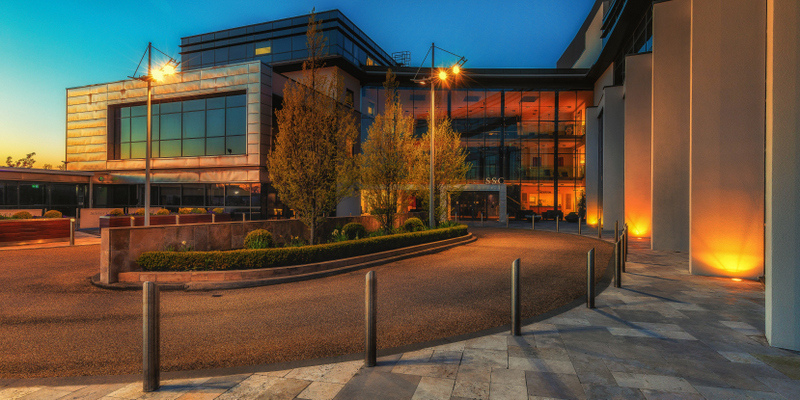
The date for the next Research Ethics meeting is Monday 10th September 2018 at 18:00
All submissions must be made by 17: 00, August 20th for distribution to the Board members. Applications should be sent to emeragnew@sportssurgeryclinic.com
Please use the existing HREC submission form including Plain Language statement and it is expected that all trials conducted at SSC will be registered at clinicaltrials.gov.
The Principal Researcher with any submission will be expected to be present at the meeting to answer any questions arising from the submission and reviewers comments.
Emer Agnew
Quality, Clinical Risk & Patient Safety Manager
UPMC Sports Surgery Clinic